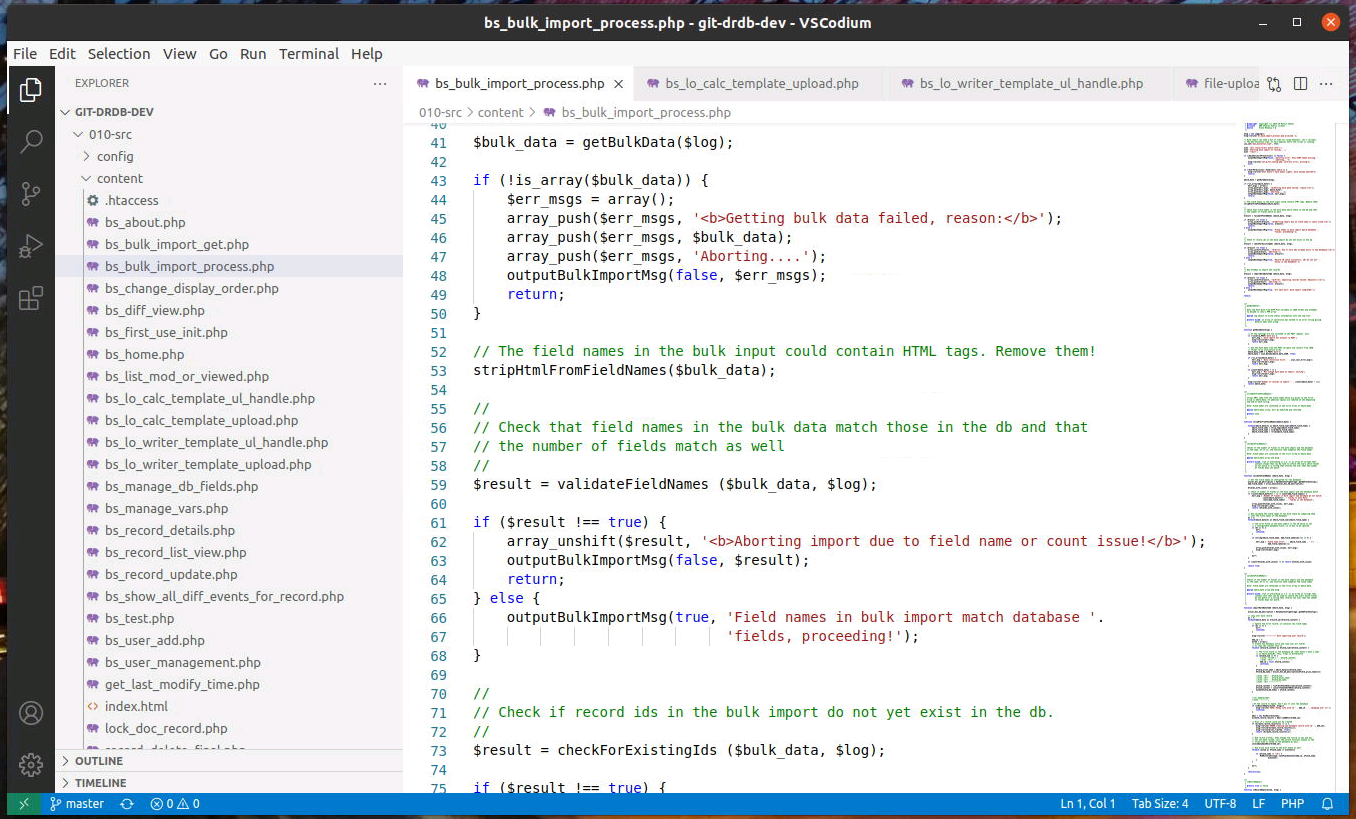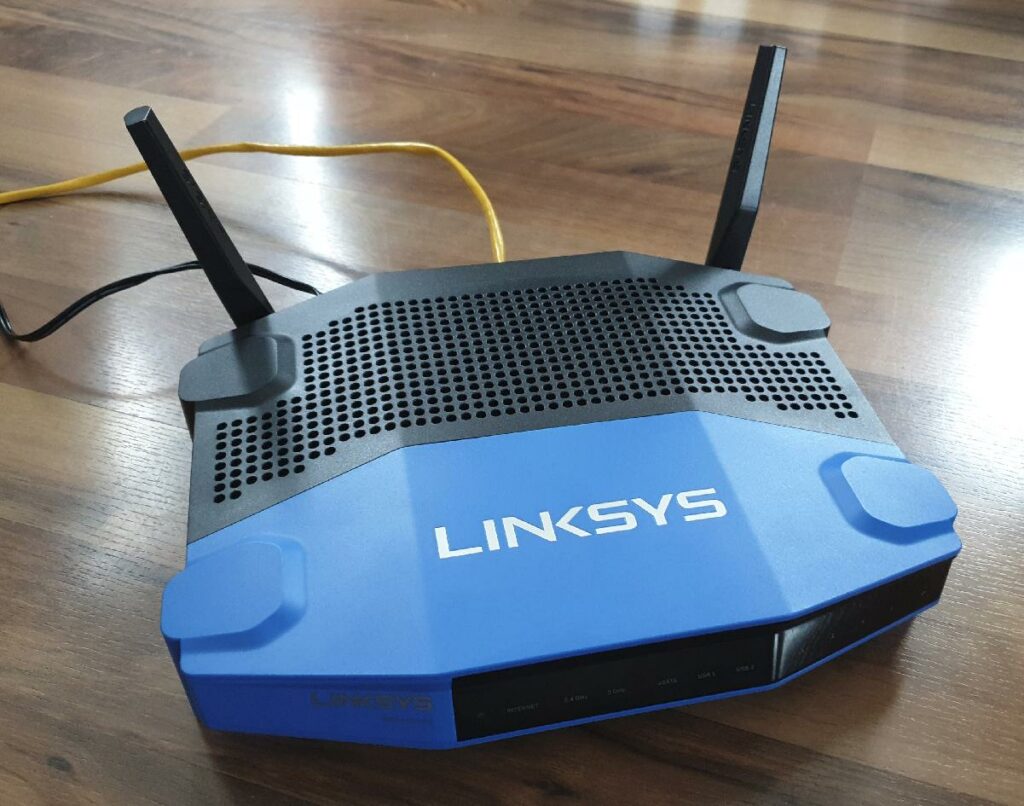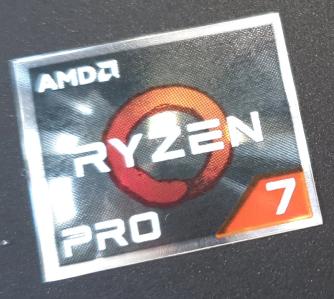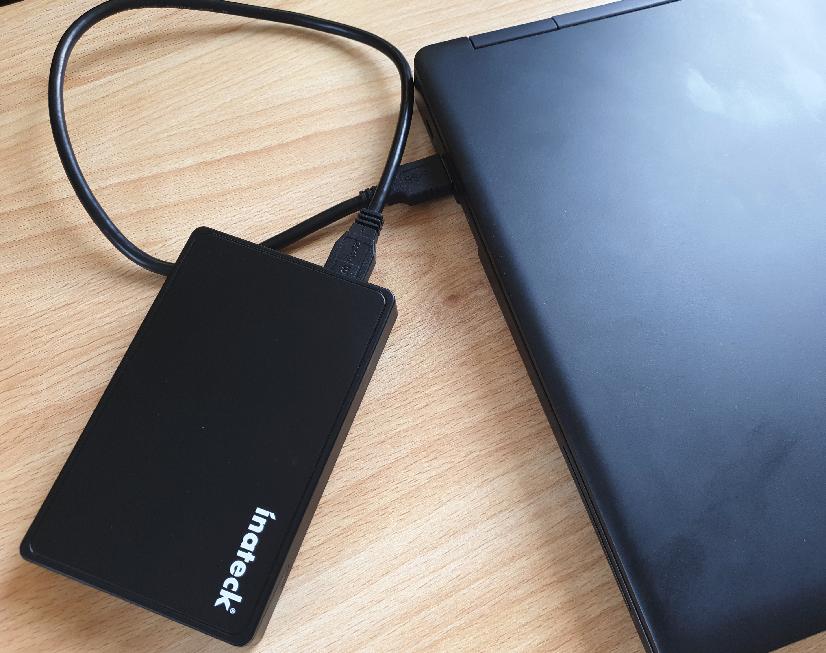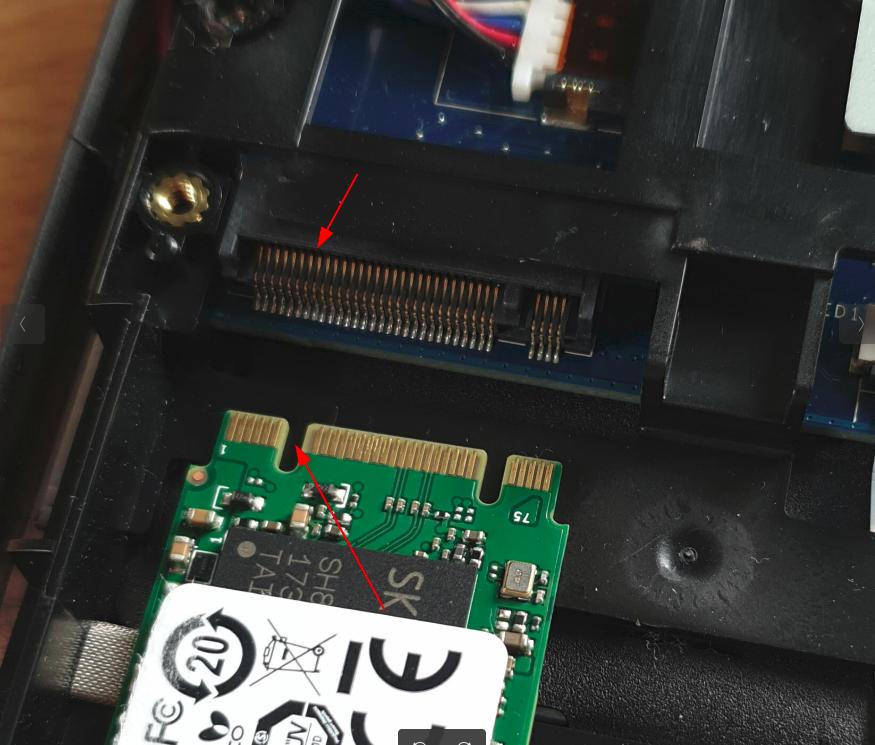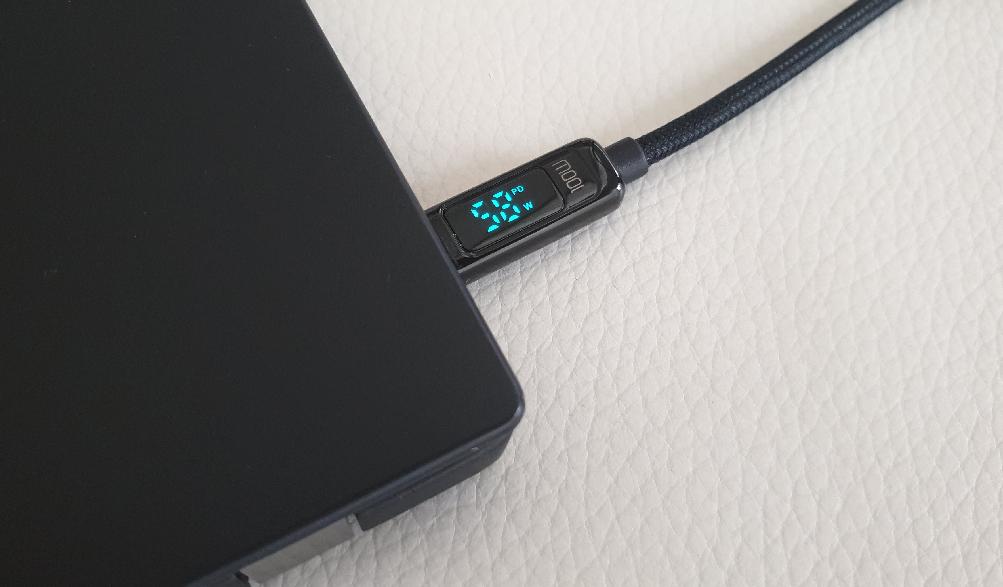
A quick blog entry today about a nice tool I recently stumbled upon: A USB power delivery cable with a tiny built-in display that shows the power that is currently flowing through the cable. Ideal to see if a USB PD charger keeps what it promises and to get an idea how much energy goes into a battery. There don’t seem to be many manufacturers and I just stumbled over it by accident so I’ll make an exception and link to it on Amazon.de. Also interesting: I couldn’t find the product on Amazon.com. The image above shows the cable in action with a 65W USB PD charger connected to my notebook. Also, I tried the cable with a mobile phone with the same PD charger that requires 5V or 9V. It works as well and properly shows 15 Watts, the maximum the phone would charge with.
